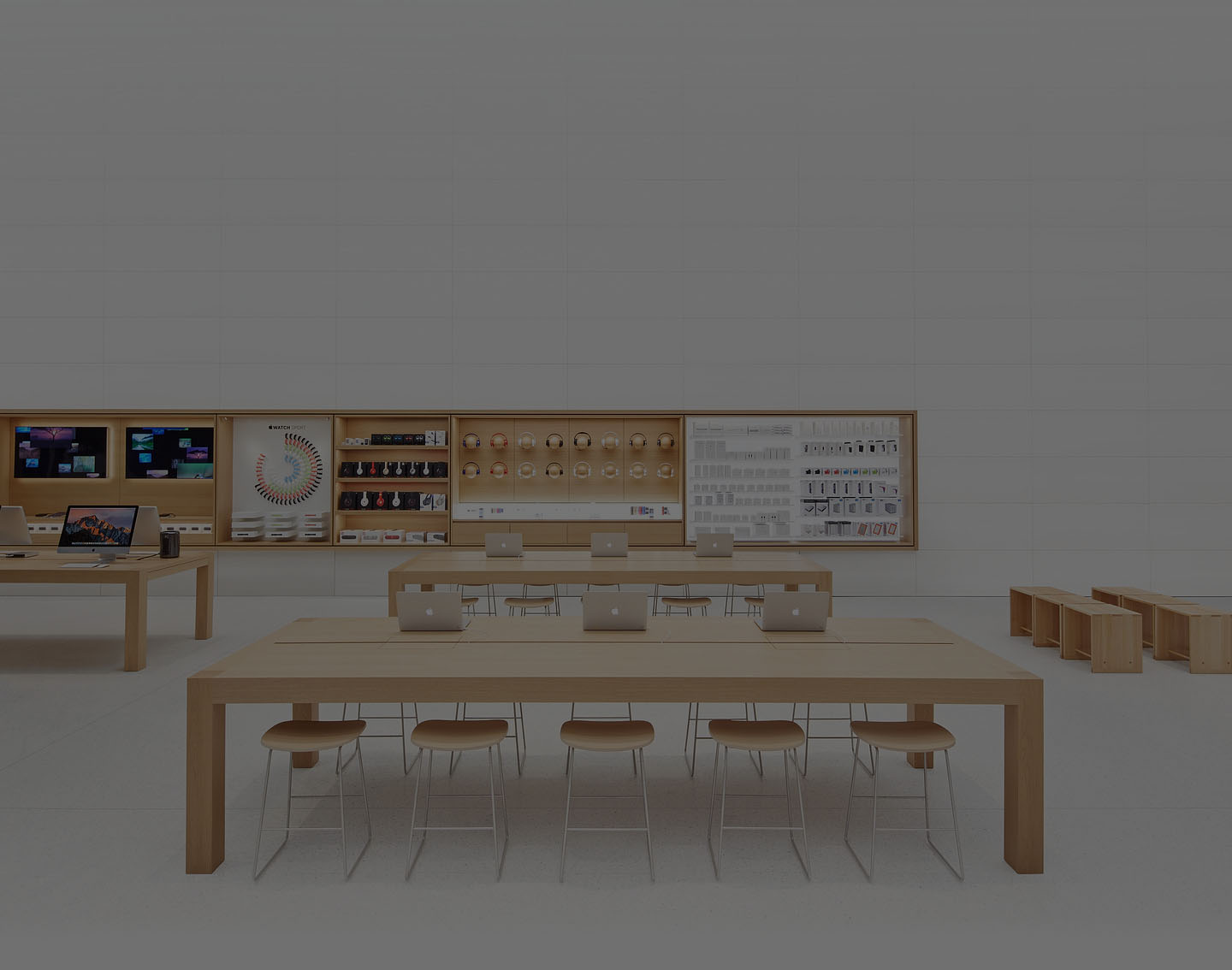
blog & news
Apple confirms side-button support for third-party voice assistants other than Siri in Japan
A new document in Apple’s Developer blog confirms that users in Japan will be able to reassign the side button to launch third-party voice-based conversational apps, rather than Siri. Here are the details.
Exclusive to Japan (for now?)
Earlier today, we shared a few details about new code in iOS 26.2 beta 3, which...
Bloomberg: Here’s what’s actually going on with the iPhone Air 2
It’s been a whirlwind of a week for iPhone Air fans. First, The Information reported that Apple had indefinitely delayed the iPhone Air 2 due to lower-than-expected sales.
The next day, a separate report said the iPhone Air 2 had actually just been delayed six months, with Apple targeting a spring 2027 launch instead of fall...
Rumor Replay: iPhone Air 2 still coming, iPhone 18 Pro rumors, more
This is Rumor Replay, a weekly column at 9to5Mac offering a quick rundown of the most recent Apple product rumors, with analysis and commentary. Today: the iPhone Air 2 lives, iPhone 18 Pro rumors, and the latest updates on 2026 Macs. Here are this week’s Apple rumors.
iPhone Air 2 isn’t dead, it just...
Everything new in iOS 26.2 beta 2
Apple continues to test the next iPhone software update with iOS 26.2 beta 2 released today. The pre-release iPhone software update includes a surprising amount of changes and refinements. Here’s everything new so far:
Games app navigation
Games app adds sorting and filtering to library, controller navigation, and score updates in real time during playback.
Measure redesign
Level...
macOS 26.2 adds new ‘Edge Light’ feature for better video calls
macOS Tahoe 26.2 is adding a a fun and useful new feature for video conferencing.
The update introduces a feature Apple is calling Edge Light, which aims to improve your video quality in low lighting conditions by adding a virtual ring light around the edge of your Mac’s display. Here’s how...
Apple launches iPhone Pocket: a limited edition designer strap accessory
Apple has launched a limited edition accessory for the iPhone, called the iPhone Pocket. It evokes a modern day iPod sock, using a single 3D-knitted cloth to create a wearable pocket. The accessory was designed in collaboration with renowned designer Issey Miyake. The Pocket is kind of like a high-end...
Report: OLED MacBook Pro redesign may be exclusive to M6 Pro and M6 Max models
In today’s edition of the Power On newsletter, Mark Gurman of Bloomberg reported a new key detail for the launch of the redesigned MacBook Pro model, slated to launch between late 2026 and early 2027.
Apple is largely expected to redesign the MacBook Pro for the first time since 2021 quite soon. Said redesign will feature...
The future of Apple Fitness+ is ‘under review’ amid reorganization: report
Apple Fitness+ is set to undergo a reorganization to incentivize growth, according to today’s Power On from Bloomberg’s Mark Gurman.
Since the launch of Apple Fitness+ in 2020, the service hasn’t changed much. It is one of Apple’s few subscriptions that has not changed price, with it still being $9.99/mo or $79.99/year. In terms of new features, Apple Fitness+ has...
Rumor Replay: iPhone 18 Pro colors, iOS 27, iPhone Air 2, more
This is Rumor Replay, a weekly column at 9to5Mac offering a quick rundown of the most recent Apple product rumors, with analysis and commentary. Today: iPhone 18 Pro color rumors, iOS 27, iPhone Air 2 camera upgrade, M5 Macs, and more. Here are this week’s Apple rumors.
iPhone 18 Pro colors
Colors are one of...
Apple nears $1 billion Google deal for custom Gemini model to power Siri
Bloomberg is reporting new details on the partnership between Apple and Google to have Gemini power the revamped Siri next year. Here are the details.
1.2 trillion paramenters for $1 billion
A few days ago, Bloomberg’s Mark Gurman reported that Google had won the AI bake-off against Anthropic to become Apple’s AI provider for the revamped, AI-powered...
